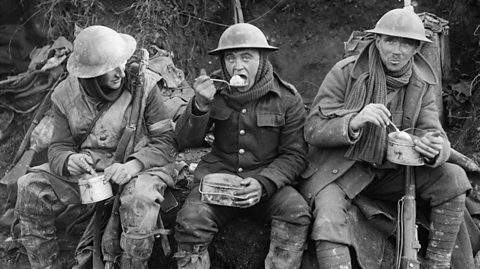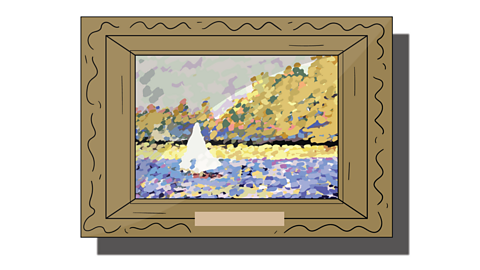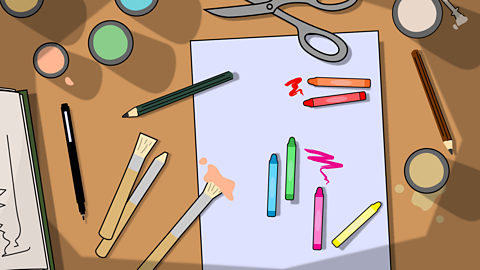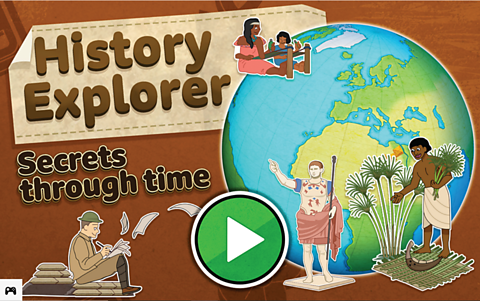History
What is Remembrance Day?
Remembrance Day, also known as Armistice Day, commemorates the end of World War One when an agreement to stop fighting was reached on the 11th hour, of the 11th day, of the 11th month in 1918. The truce is called the Armistice.
It is now held to remember all those who have died in wars and is marked by a two-minute silence at 11:00am every 11th November. It is also an opportunity for people to learn from history and to think about the importance of peace.
Remembering World War One
KS2 History

Remembrance 2023 Live Lesson
BBC Teach: Live Lessons
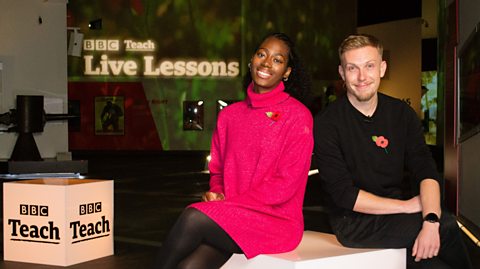
Remembrance Day - A Soldier's Tale
BBC Teach: School Radio

What happens on Remembrance day?
After World War One, many people felt it was wrong to celebrate at the end of the war because so many had died.
When the church bells struck 11 o’clock on 11 November 1919, one year after the war, people all over the country bowed their heads; buses and trains stopped moving; shopkeepers stopped serving; and the electricity was cut off to stop trams from running.
A number of traditions have come from Remembrance Day including reading poetry, poppies and even jelly babies- they were originally called peace babies.
R is for Remembrance
BBC Teach: KS2 History World War One A to Z
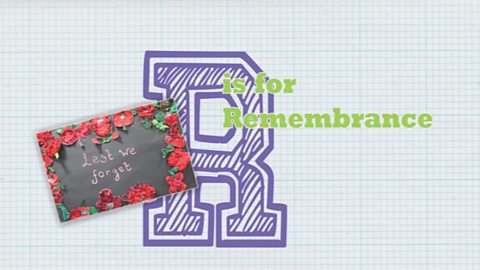
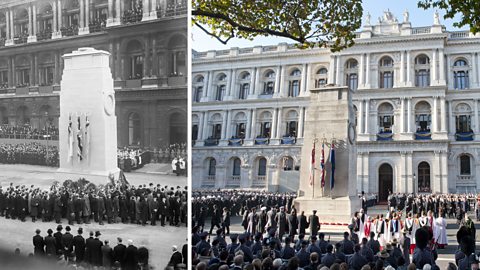
Image caption, Memorials
When the Cenotaph in London was built in 1920, people laid flowers there in memory of loved ones. The tradition continues to this day.
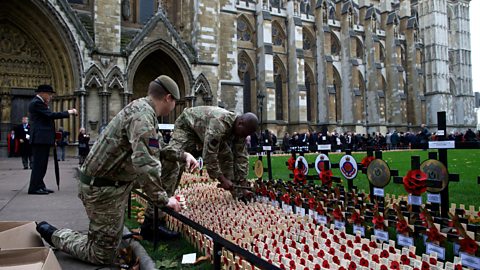
Image caption, Tombs
Since 1920 many have visited the tomb of the Unknown Warrior, inside Westminster Abbey. This tomb reminds people of all the soldiers that died fighting whose identities remain unknown.
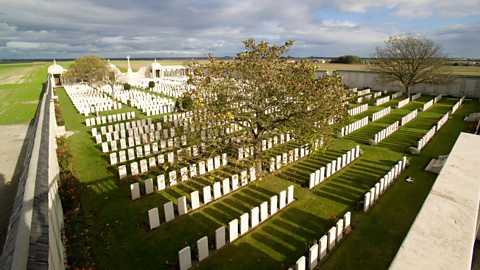
Image caption, Graves
Many British soldiers were buried near the battlefields where they died. Bois-Carre British Cemetery in France contains 174 known graves and 53 unknown.
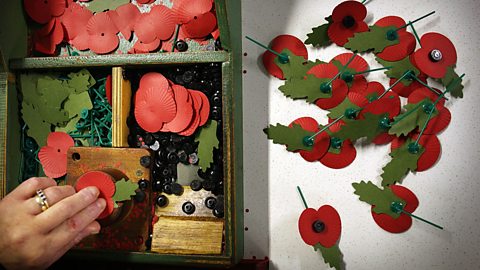
Image caption, Poppies
Poppies grew on the barren fields of World War One and are used to remember soldiers who died in battle. Paper poppies are still sold today for charity.
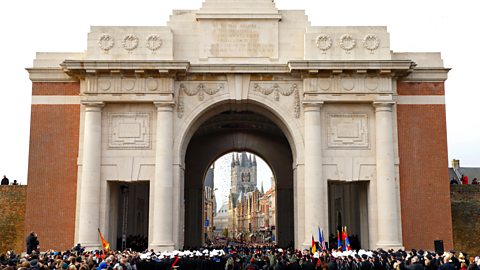
Image caption, Ceremonies
Large crowds gather to remember the war together. Poppies were dropped from the roof of the Menin Gate on Armistice Day, 11 November 2013 in Ypres, Belgium.
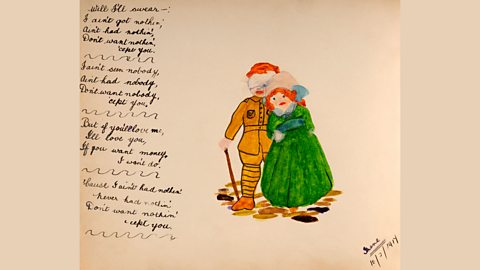
Image caption, Poetry and art
This picture shows a wounded soldier's hand-written poem and a watercolour drawing of him with his sweetheart.

Image caption, Sweets
Jelly Babies were introduced in 1918 to celebrate the end of war. Back then, they were known as 'Peace Babies'.
1 of 7
Key Vocabulary
| Word | Definition |
|---|---|
| Armistice | An agreement made by opposing sides in a war to stop fighting and find a truce. |
| Poppy | A flower that was found to grow on WW1 battlefields after the war which came to symbolise remembrance. |
| Cenotaph | A memorial to commemorate servicemen and servicewomen who have died in war. One of the most famous ones is The Cenotaph in Whitehall, London. |
| Veteran | Somebody who used to serve in the Armed Forces. |
World War One: Learn more
Discover more about World War One. Find out:
- How World War One started
- What life was like in the trenches
- How children helped the war effort
Why did World War One start?
KS2 History
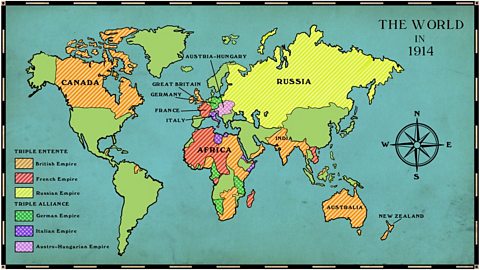
How did children help in World War One?
KS2 History
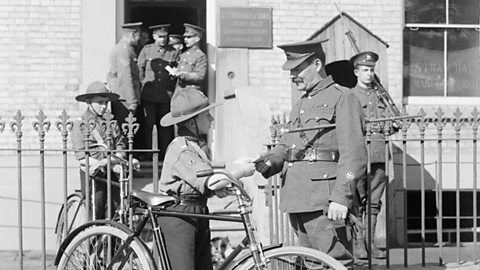
The role of the British Empire in WW1
KS2: History
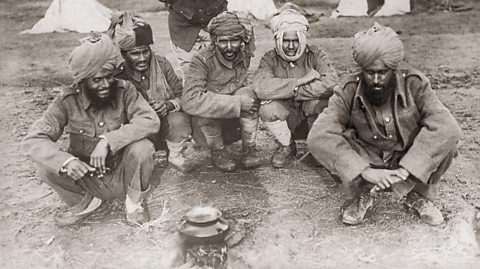
Women in WW1
KS2: History
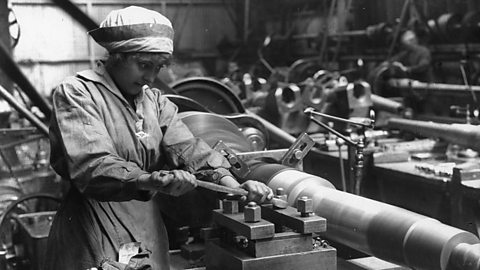
Sergeant Stubby, the war hero dog
KS2: History

World War One with BBC Teach
World War One A - Z
BBC Teach
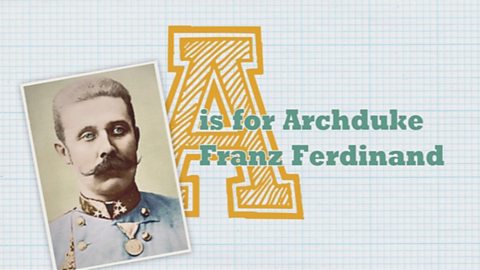
Life in the Trenches
BBC Teach: KS2 History
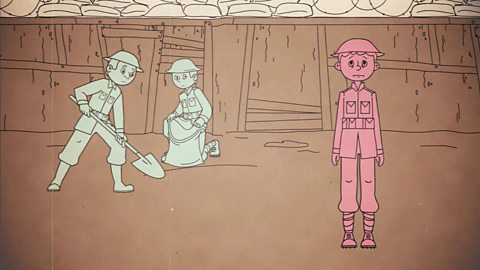
World War 1 Performance Pack
BBC Teach: KS2 Music / Dance / Drama / History
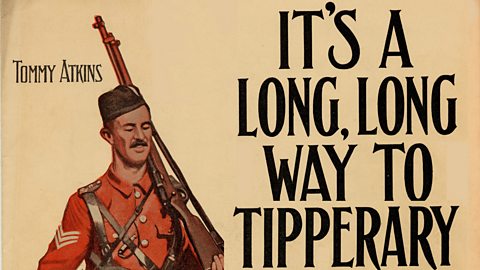
Art
Poppies

Poppies have become a globally recognised symbol of Remembrance Day. The reason poppies are used to remember those who have given their lives in battle is because they are the flowers which grew on the battlefields after World War One ended.
John McCrae, a famous wartime poem, referenced poppies in his famous poem 'In Flanders Fields'.
"We shall not sleep, though poppies grow in Flanders Fields".
The poppy is still worn by millions of people every November.

Activity: Paint a poppy
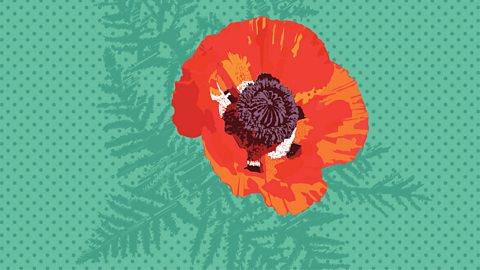
The poppy has been a flower that artists have drawn, painted and sculpted over many decades.
Create your own poppy artwork in a style of your choice.
Pointillism: Georges Seurat was one of the most famous pointillist artists.
Pop Art: Andy Warhol was a famous pop art artist.
Mixed Media: Use a combination of styles, tools and materials to create your masterpiece.

English
War Poems
Some soldiers wanted to describe the horrors of the war so that people at home could understand how it felt.
Laurence Binyon was an English poet. In 1914, he wrote 'For the Fallen'.
Watch: 'For the Fallen' by Laurence Binyon
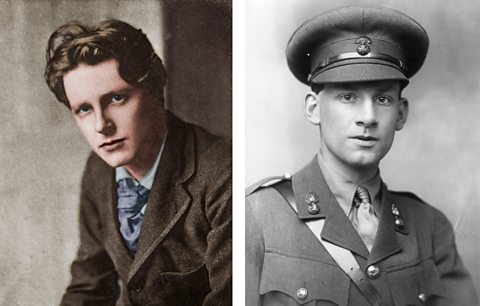
Rupert Brooke and Siegfried Sassoon were also British soldier poets as well as Lieutenant Colonel John McCrae, a Canadian field surgeon who wrote one of the most famous poems, In Flanders Fields.
Wilfred Owen is one of the most famous poets of WW1. He wrote one of the most famous war poems ever written, Dulce et Decorum Est which is still studied and read today.

Who was Wilfred Owen?
Bitesize: KS2 History
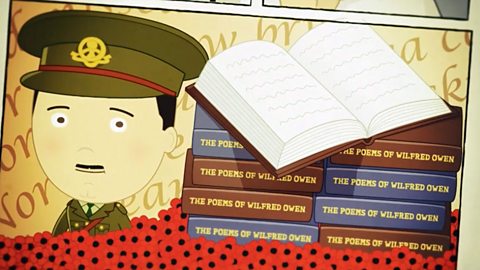
O is for Owen (Wilfred)
BBC Teach: KS2 History World War One A to Z
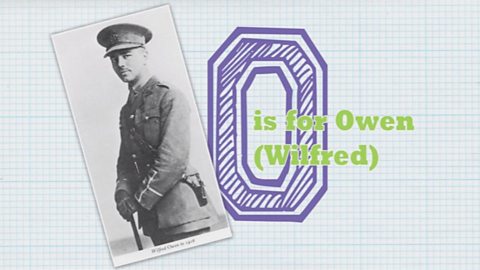
I is for In Flanders Fields
BBC Teach: KS2 History World War One A to Z
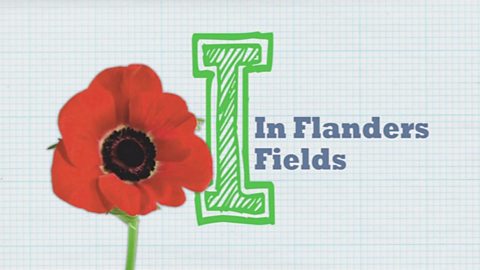
Activity: Write a poem review
Read and listen to 'For the Fallen' by Laurence Binyon or 'In Flanders Fields by John McCrae.
Think about how the poem makes you feel. What can you see or hear? What kind of language do the poets use to create these feelings?
Analysing poetry
KS2: English

Figurative language in poetry
KS2: English
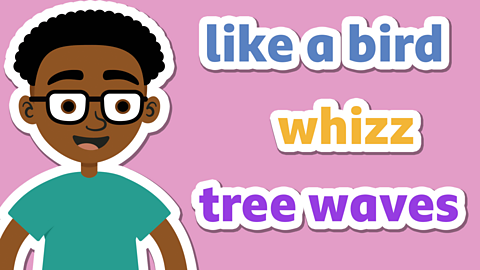
Activity: Remembrance Day Quiz
Activity: Thinking points

Have a look at the thinking points below and think about your answer to each question. You could even write them down on a piece of paper or discuss them with somebody else if you want to.
Why is it important for people to remember those who served and died in wars?
Why is peace important?
Why do you think people continue to wear poppies over 100 years later?

Activity: Game
Step back in time and embark on an exciting adventure to explore the wonders of ancient civilisations! In this interactive history game, you'll travel to the heart of legendary societies like Ancient Egypt and the Maya Civilisation. Become an explorer, archaeologist, or ruler as you solve puzzles, collect fact cards, and unlock secrets of the past.
But history doesn’t stop there! The game also takes you to the battlefields of World War I. Move through the trenches, discover life in wartime Britain and take part in the Christmas Day Truce.
Are you ready to uncover the mysteries of the past and make history come alive? Your adventure through time begins now!
Play Bitesize Primary games. gamePlay Bitesize Primary games
Fun and educational primary games in science, maths, English, history, geography, art and design, computing and modern languages.

